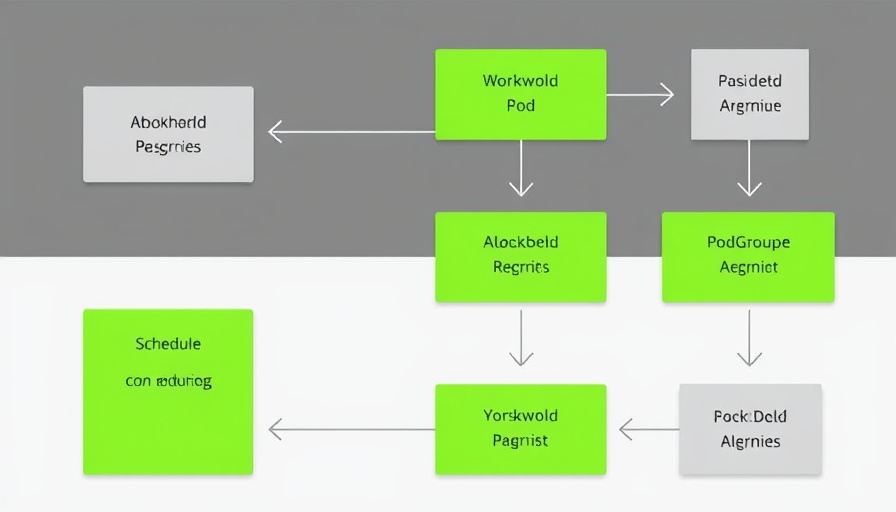
Nvidia and Tesla Lead Nasdaq Downturn
The Nasdaq Composite is feeling the heat, diving down 1.2% amid sharp drops from tech heavyweights Nvidia and Tesla. Nvidia, in particular, has become a focal point of concern within the tech sector, plummeting over 7% after market observations raised questions over the viability of AI investments.
Recently, Nvidia's stock soared to new heights thanks to strong quarterly earnings linked to AI demand. However, a sudden shift in market sentiment, influenced by external pressures and doubts about the sustainability of AI-driven growth, has resulted in significant selling pressure. Nvidia’s latest stock drop brings it down to approximately $115.59, causing many to keep a wary eye on its support line at $113.
The Larger Context of Tech Stock Volatility
Stocks like Tesla are not safe from the turbulence that currently besets the tech market. Tesla’s shares saw a brief boost following an upgrade from Morgan Stanley, rising momentarily before succumbing to a 1.5% drop in the day’s trading. This rollercoaster reflects broader investor insecurity regarding high-growth companies' ability to maintain their current trajectory amid macroeconomic challenges.
As Nvidia continues to tumble, discussions arise around key factors impacting its decline. Recent reports cite concerns regarding tighter regulations in China that could potentially shatter Nvidia's market position there, stripping away billions in revenue. Elsewhere, investigations in Singapore have added layers of complexity and uncertainty to their supply chain dynamics.
Exploring Broader Economic Indicators
The current tech sell-off isn't happening in a vacuum. It coincides with a significant drop in consumer confidence, as highlighted by the Conference Board's Index recently reaching its lowest level since mid-2022. Combined with rising interest rates that have spooked investors into safer assets, the rise in bond attractiveness means that many are rotating out of tech stocks that once attracted premium valuations.
The Federal Reserve's policy on interest rates remains a sticking point for investors, with many hoping for signs that support continued growth in technology shares. The collective anxiety regarding inflation and its potential impact on consumption is palpable, raising the stakes for companies that thrive on consumer spending.
Future Predictions for the Tech Sector
As investors grapple with the ongoing volatility, one question looms large—what lies ahead for tech stocks, especially for AI favorites like Nvidia? Some analysts speculate that Nvidia’s current struggles may present a buying opportunity for long-term investors once the dust settles. The tech landscape's resilience amid downturns suggests a cyclical nature where rebounds can be swift and powerful.
However, should market sentiment continue to deteriorate, further declines are possible. Investors may want to stay informed about Nvidia’s upcoming events, including its GTC conference that could introduce fresh innovations and signal recovery signals.
Conclusion: Adaptation Is Key for Investors
As we watch Nvidia and Tesla navigate these turbulent times, it's clear that understanding market dynamics is crucial for tech investors. Keeping track of regulatory shifts, economic indicators, and company announcements will empower investors to make well-informed decisions. In a world dominated by rapid technological advancements, adaptation and vigilance are essential. For those engaged in the AI sector, finding solid ground amid the currents of market sentiment is key to navigating the path forward.
 Add Row
Add Row  Add
Add 




 Add Row
Add Row  Add
Add 

Write A Comment